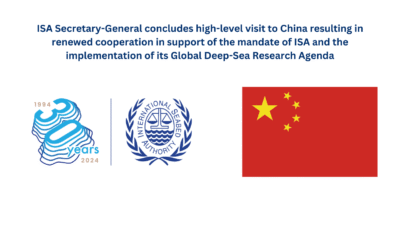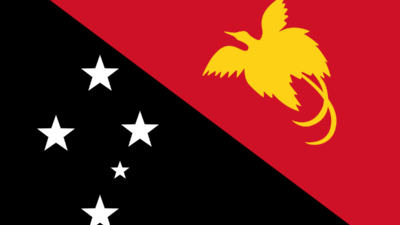The U.S. Department of the Interior has announced the start of a formal process to evaluate a potential offshore mineral lease sale near American Samoa—the first such initiative in more than three decades. This move comes in response to a formal request filed on April 8, 2025, by U.S.-based seabed mining company Impossible Metals.
The effort is part of the implementation of President Donald J. Trump’s Executive Order, Unleashing America’s Offshore Critical Minerals and Resources, which directs federal agencies to expand domestic access to critical mineral resources. These materials are essential to national security and the clean energy economy, and the administration has flagged growing Chinese and Russian activity in the Pacific as a strategic concern.
“Critical minerals are fundamental to strengthening our nation’s resilience and safeguarding our national interests,” said Secretary of the Interior Doug Burgum. “By providing opportunities to responsibly access deep-sea mineral resources, we are supporting both American economic growth and national security.”
Community Input and Environmental Review
The Bureau of Ocean Energy Management (BOEM) will lead a multi-phase evaluation process, beginning with the publication of a Request for Information and Interest in the Federal Register. This step will invite input from the Indigenous Island community, ocean users, commercial interests, and the general public. The feedback will shape how BOEM assesses geologic resource potential, environmental and cultural concerns, and compatibility with other uses such as fishing and navigation.
BOEM will ensure full compliance with federal laws, including the National Environmental Policy Act (NEPA), the Endangered Species Act, and the National Historic Preservation Act.
Why It Matters
This development signals a significant shift in U.S. mineral strategy. It marks the first time the federal government has initiated a leasing evaluation for seabed minerals in the U.S. Exclusive Economic Zone of the Pacific, underscoring a renewed push to secure domestic sources of critical materials. The location—offshore American Samoa—also reflects broader geopolitical positioning, given its proximity to vital shipping lanes and its relevance in the Indo-Pacific region where Chinese influence has grown rapidly.
The evaluation process will test the current regulatory framework under a new executive mandate, setting the stage for future leasing decisions on the 3.2 billion acres of the U.S. Outer Continental Shelf. It introduces a template for industry engagement, public consultation, and environmental review that could shape the trajectory of American seabed mining policy.
With rising global demand for minerals used in batteries, defense systems, and renewable energy, and with supply chains strained by geopolitical instability, the United States is exploring how to diversify access to these resources. If successful, this lease process could open the door to broader commercial interest in seabed mining under American jurisdiction.
For more information on the agency’s marine mineral program, visit: https://www.boem.gov/marine-minerals



